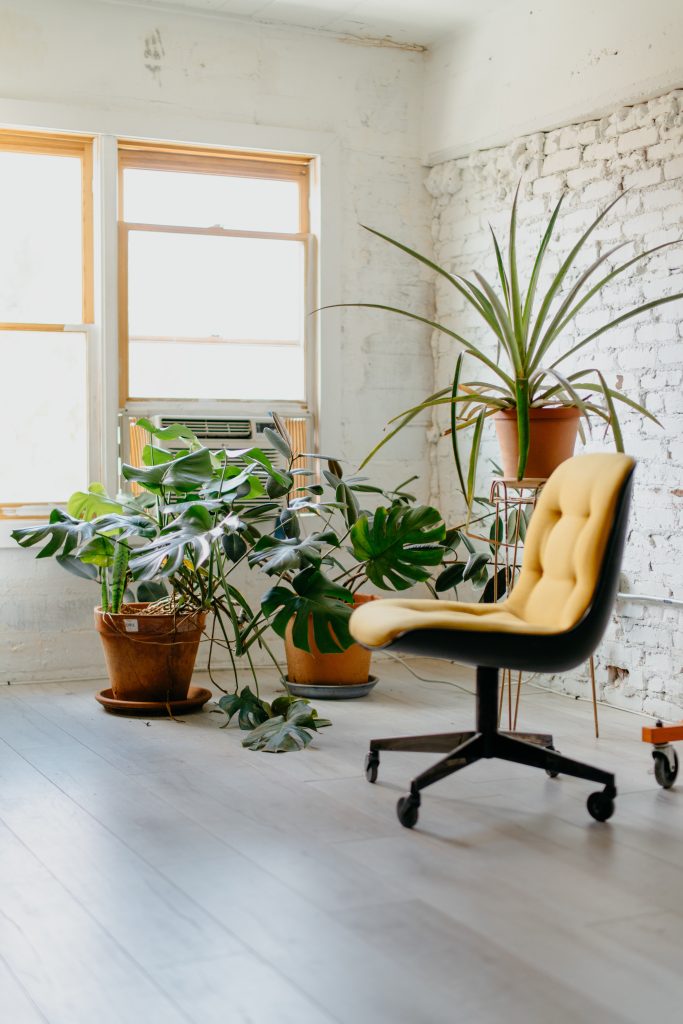In an era of heightened environmental consciousness, sustainable interior design has emerged as a powerful movement. It combines style and functionality with eco-friendly practices to create spaces that are not only visually appealing but also environmentally responsible. In this article, we will delve into the principles and practices of sustainable interior design, exploring how we can strike a perfect balance between style and eco-friendliness to shape a greener future.

Understanding Sustainable Interior Design
Sustainable interior design is a holistic approach that considers the entire lifecycle of a space, from its construction to its daily usage and eventual disposal. It prioritizes the use of environmentally friendly materials, energy-efficient systems, and sustainable manufacturing processes. By incorporating elements such as recycled materials, renewable resources, and low VOC (Volatile Organic Compounds) products, sustainable interior design aims to minimize environmental impact and promote healthier living environments.
The Benefits of Sustainable Interior Design
Embracing sustainable interior design offers a multitude of benefits. Firstly, it reduces the carbon footprint by conserving energy and minimizing waste. By choosing energy-efficient lighting fixtures, appliances, and HVAC systems, homeowners can significantly reduce their energy consumption and lower utility bills. Secondly, sustainable materials such as bamboo, reclaimed wood, and recycled glass not only contribute to the reduction of deforestation but also add a unique touch of natural beauty to interior spaces. Lastly, sustainable design fosters a healthier indoor environment by reducing the presence of harmful chemicals, improving air quality, and promoting well-being.
Strategies for Achieving Sustainable Interior Design
To achieve a harmonious blend of style and eco-friendliness in interior design, several strategies can be employed. Firstly, designers and homeowners should focus on maximizing natural lighting and ventilation to reduce the reliance on artificial lighting and cooling systems. Additionally, incorporating sustainable materials like organic textiles, low VOC paints, and eco-friendly furniture not only enhances the aesthetic appeal but also supports responsible sourcing and manufacturing practices. Recycling and upcycling old furniture and décor items not only add character but also minimize waste generation. Furthermore, integrating smart home technology can optimize energy usage by controlling lighting, heating, and cooling systems based on occupancy and natural light levels.
Inspiring Examples of Sustainable Interior Design
Numerous inspiring examples showcase the successful integration of sustainable design principles into interior spaces. From incorporating vertical gardens to purify the air and provide natural beauty to using reclaimed materials for flooring and furniture, these examples demonstrate the endless possibilities of sustainable design. Additionally, the utilization of solar panels, rainwater harvesting systems, and energy-efficient appliances illustrates the commitment to reducing environmental impact while maintaining a stylish aesthetic.
Sustainable interior design holds immense potential in creating beautiful, functional, and environmentally responsible spaces. By embracing this approach, we can strike a balance between style and eco-friendliness, contributing to a greener future. Let us prioritize sustainability, inspire change, and embark on a journey towards creating sustainable interiors that promote a healthier planet and a more fulfilling lifestyle.
